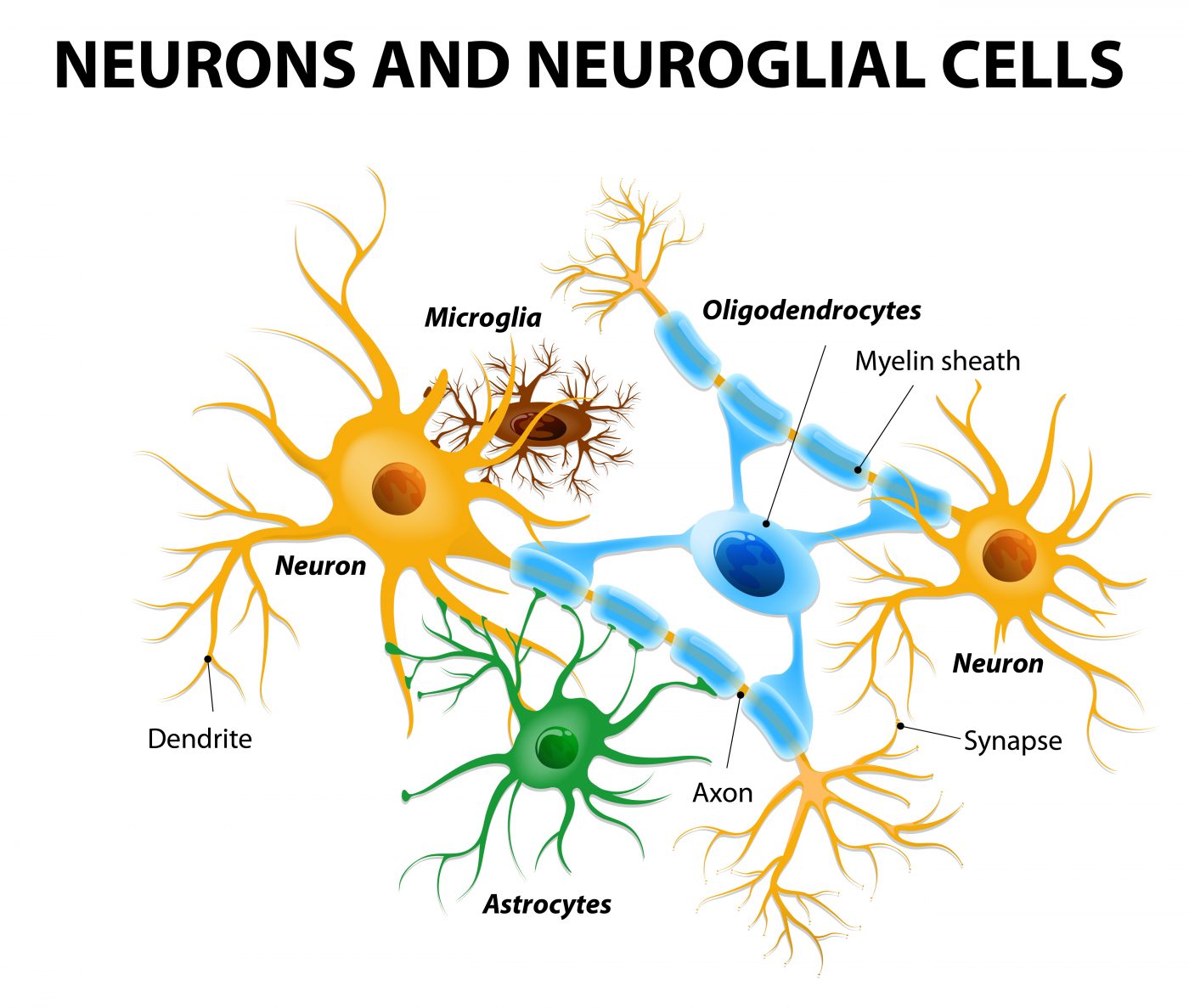Huntington’s Research Sheds Light on Proteins’ Shift to Fibrous Solids
Written by |

Recent research has shed light on how some proteins are converted into liquid droplets before becoming toxic fibrous solids that are involved in neurodegenerative diseases and other genetic disorders. The study entitled “RNA Controls PolyQ Protein Phase Transitions” was published in Molecular Cell by researchers from Dartmouth College, New Hampshire, and Princeton University, New Jersey, USA.
Neurodegenerative diseases such as Alzheimer’s, Parkinson’s, Huntington’s and amyotrophic lateral sclerosis (ALS) have been known to develop from the loss of specific type of neurons, which is strictly associated with accumulation and deposition of particular protein aggregates. These diseases show a similar profile of progressive neuronal death, nervous system deterioration, and cognitive impairment.
Several studies have shown that deposits of protein aggregates have common features such as an expansion of a single amino acid like glutamine. In the case of Huntington’s disease, huntingtin protein, a neurodegenerative-linked protein, has these amino acids that makes the protein sticky.
“We found that RNA, the molecule traditionally thought as the intermediate between DNA and protein, has a potent role in driving the formation of the liquid states,” Professor Amy Gladfelter, co-senior author of the study, said in a press release. She added that it’s extremely interesting that RNA molecules, besides encoding proteins, can induce alteration in physical properties of cell compartments or drops.
The liquid droplets can be compared to the droplets formed when oil and vinegar are mixed to make salad dressing. The researcher team thinks that cells use this liquid state for normal physiology, but under certain conditions the proteins change from liquids to toxic solids. These types of droplets are also called “membrane-free” organelles because they do not have a barrier and are very dynamic, contrary to other organelles like mitochondria or nuclei. “Our work, along with the other recent papers, find a form of these proteins that is relevant to normal cell function and yet takes advantage of the very sequences that are linked to diseases for their normal functions,” added Professor Gladfelter.
The authors highlighted that a better mechanistic understanding of the normal function of proteins is decisive for the development of therapies to treat diseases associated with protein aggregation, such as Huntington’s disease.





